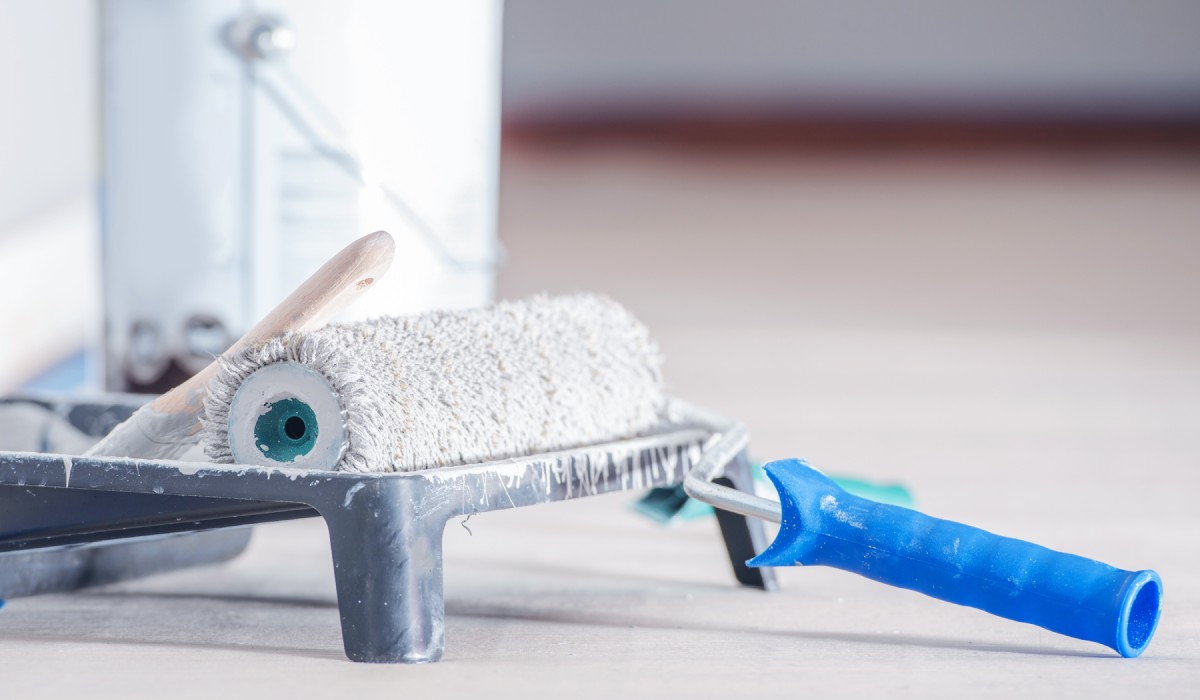Antimicrobial Paint: Here’s Everything You Need To Know
- Casey Cartwright
- D.O.C Supplements - Trending News
- Health
- July 26, 2024

Antimicrobial paint is a revolutionary product that combines traditional paint properties with added benefits that protect against harmful microbes, such as bacteria and mold. This innovative paint contains special additives designed to inhibit the growth of harmful microorganisms on painted surfaces. Integrating these antimicrobial agents into the paint formulation creates a hostile environment for bad bacteria, preventing their growth and spread. Here’s everything you need to know about antimicrobial paint.
Antimicrobial paint’s functionality extends beyond mere surface protection. Upon application, the paint forms a continuous film that includes antimicrobial agents. These agents disrupt the cellular processes of microorganisms, rendering them inactive or killing them outright.
Many studies have proven the effectiveness of antimicrobial paint, showing a significant reduction in microbial load on treated surfaces compared to untreated ones. Concerns about the safety of antimicrobial paint for home use are common. However, extensive testing has shown that these paints are safe when used as directed.
Manufacturers embed the antimicrobial agents into the paint’s matrix, preventing them from leeching out into the environment or posing a risk to human health. This safety profile makes antimicrobial paint an excellent choice for families looking to enhance their living spaces’ cleanliness and hygiene without compromising safety.
Certain areas of the home can benefit greatly from an antimicrobial paint application. High-traffic zones, such as kitchens, bathrooms, and children’s play areas, are particularly susceptible to microbial contamination. The moisture and warmth in bathrooms especially create ideal conditions for mold growth.
Using antimicrobial paint in these areas will enhance your home’s aesthetic appeal and provide a practical solution for healthy home living. Since antimicrobial paint has become more commonplace, you can incorporate the latest 2024 bathroom paint colors and stay on top of current design trends. The benefits of antimicrobial paint extend beyond residential use.
Property managers and landlords wanting to attract long-term rental tenants can also find value in investing in antimicrobial paint. The added protection and peace of mind that come with a cleaner, healthier living space is a significant selling point. Offering properties with advanced hygiene features can differentiate a rental unit from others, appealing to tenants who prioritize health and cleanliness.
Antimicrobial paint isn’t just a trend but a forward-thinking solution to an age-old problem. Its application in healthcare settings has demonstrated its effectiveness in reducing hospital-acquired infections. This technology’s transition into residential and commercial spaces marks a significant step toward improving overall public health.
Antimicrobial paint’s longevity is another notable advantage. While traditional paint may require frequent reapplication, antimicrobial paint maintains its protective properties for an extended period. This durability translates into long-term cost savings and reduced maintenance efforts, further enhancing its appeal for homeowners and property managers.
You can boil everything you need to know about antimicrobial paint into one major point: It has the potential to enhance your home or business’s hygiene and safety.
Antimicrobial paint offers a blend of aesthetic and functional benefits that make it a worthwhile investment for various applications. Antimicrobial paint presents a modern solution to maintaining cleaner, healthier spaces, whether you’re updating your home or wanting to attract long-term rental tenants.








